Photo

We are pleased to announce the six winners of the 2020 RichardRogersFellowship, a residency program at the Wimbledon House in London, the landmarked residence designed by Lord Richard Rogers for his parents in the late 1960s. Now entering its fourth cycle, the Fellowship is inspired by Lord Rogers’s commitment to cross-disciplinary investigation and engagement, evident across his prolific output as an architect, urbanist, author, and activist. Congratulations 🎉 to Fellows: Spring 2020 Timothy Ivison (Los Angeles, CA) Emma Letizia Jones (Zurich, Switzerland) Summer 2020 Sean Canty @sean_canty_ (Cambridge, MA) Michelle Chang @jajatalk (Cambridge, MA) Fall 2020 Thomas Shay Hill (Somerville, MA) Henry Grabar (Chicago, IL) -- Learn more at hgsd.us/rrf20
0 notes
Photo
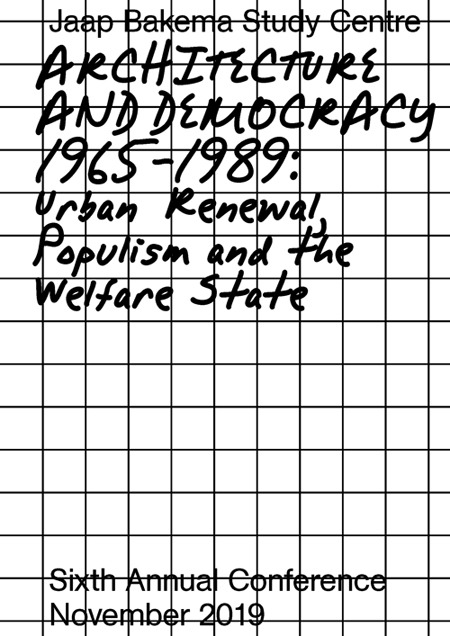
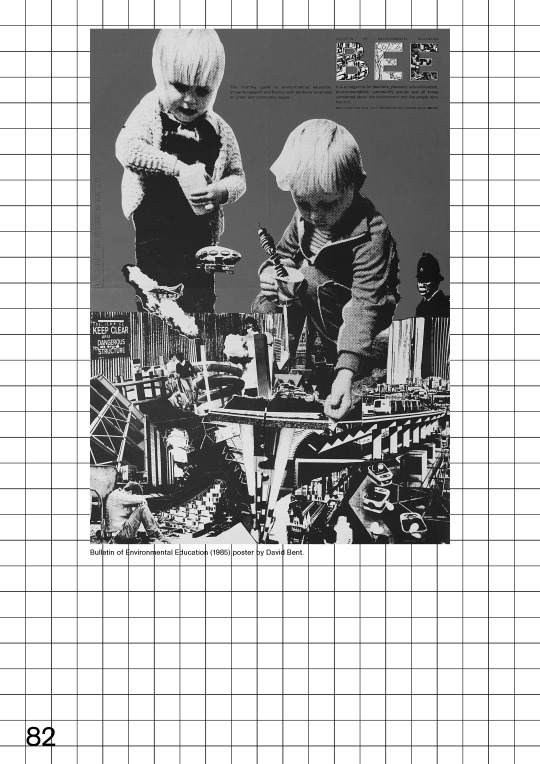
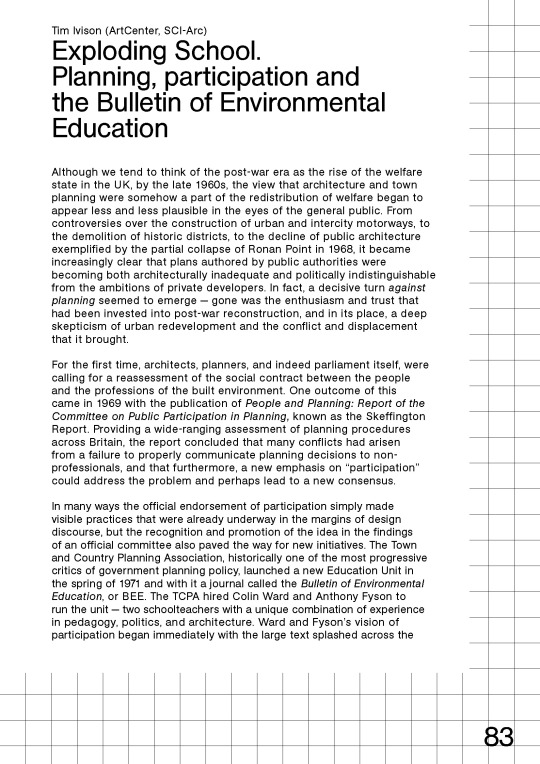
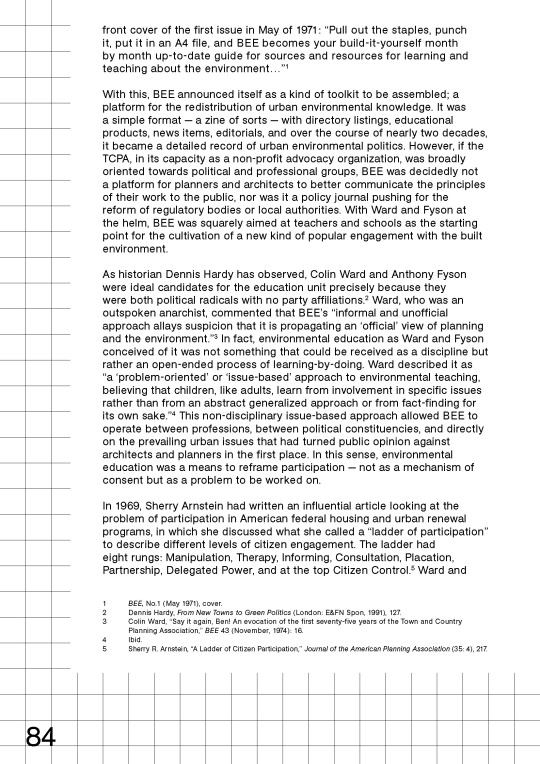

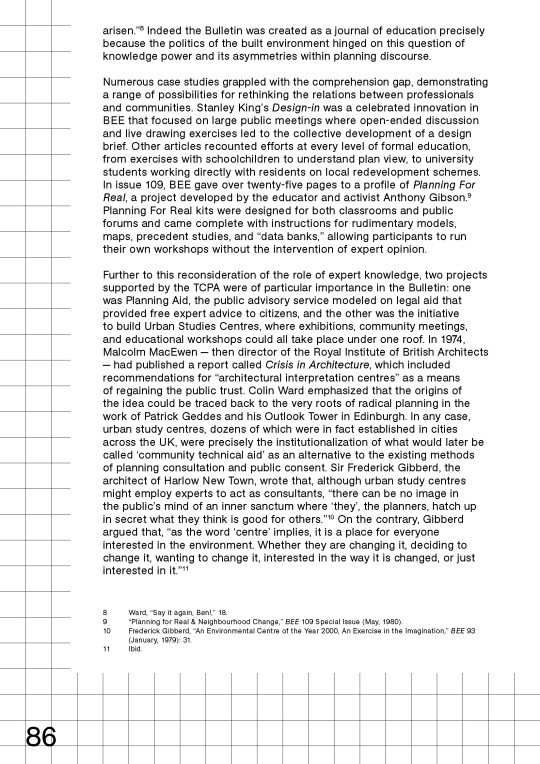
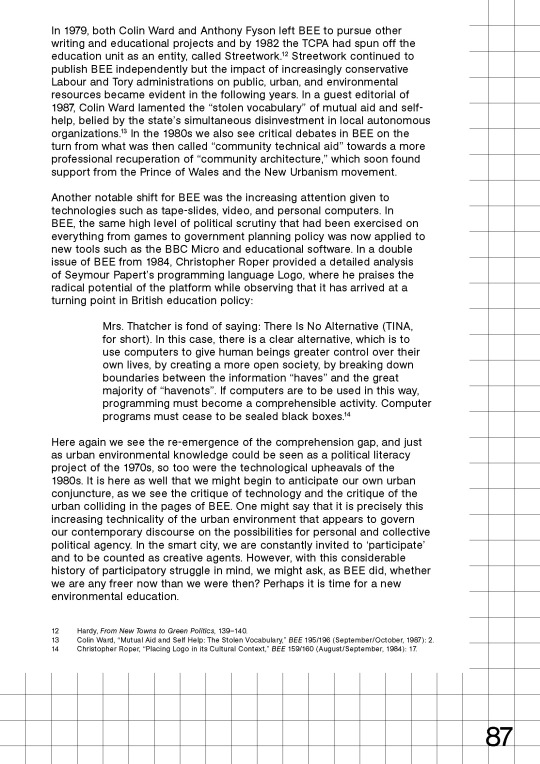
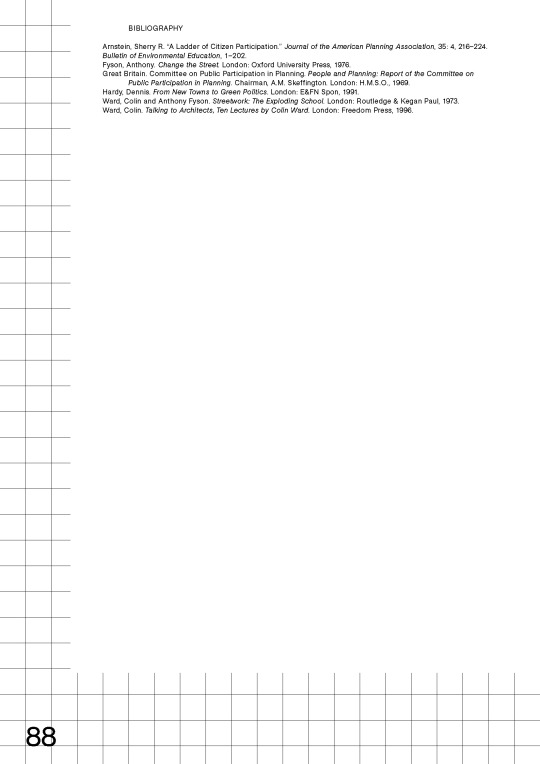
Conference in Rotterdam (and Delft), organised by the Jaap Bakema Study Centre at Het Nieuwe Instituut.
Architecture and Democracy 1965-1989: Urban Renewal, Populism and the Welfare State
My paper, “Exploding School: Planning, Participation, and the Bulletin of Environmental Education,” is available to read in the conference proceedings.
0 notes
Photo
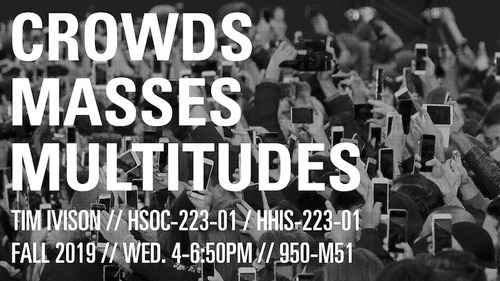
ArtCenter HUMANITIES AND SCIENCES CROWDS, MASSES, MULTITUDES HHIS-223-01/HSOC-223-01 950 S. Raymond Ave., RM M51 4:00 – 6:50PM WED.(FALL) [email protected] Office hours by appointment
Crowds are typical of modern urban experience: audiences and spectators, commuters and shoppers, protesters and believers all participate in the logic of the crowd. But what does it mean to join the masses, to be counted amongst the population, or to disappear into the multitude? At the turn of the twentieth century we understood the crowd as a dangerous figure to be feared and suppressed, but now we seem to have new categories of both 'crowd intelligence' and 'smart cities'. How should we understand the aesthetics and politics of the crowd today? This seminar course will look at the history and theory of crowds, cross-examining the group psychology of the modern masses with the urban biopolitics of population, circulation, and complexity. Through a range of historical and theoretical readings, the course will provide an interdisciplinary introduction to the crowd and its impact on our understanding of mass media, mass culture, and modern life.
0 notes
Link
Co-edited, with a contribution by myself and Julia Tcharfas, based on the 710 exhibition at Before Present.
0 notes
Link
0 notes
Photo
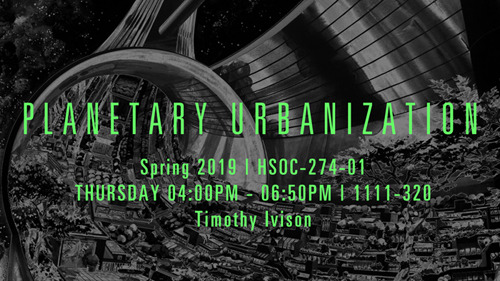
Planetary Urbanization Thursdays 4:00-6:50pm 1111 s. Arroyo, rm320 HSOC-274-01, Spring 2019 ArtCenter College of Design Instructor: Tim Ivison [email protected] Office Hours by appointment
Course Description At the beginning of the twentieth century, the urban planner Patrick Geddes called it “conurbation.” By the end of the 1960s, Archizoom gave us “No-Stop-City.” At the turn of the millennium, Rem Koolhaas would speak of “Junkspace.” We now refer to the continuous monument of industrial urbanisation that sprawls across the surface of the Earth from the Port of Los Angeles to the Pearl River Delta as a condition of “planetary urbanization”: a monument not of pyramids, but of terraforming, computation, and circulation.
It is not just that half the world’s population lives in cities today, but that the material traces, logics, and infrastructures of the city can now be understood to operate at a planetary-scale, extending its reach under oceans and across continents, into the atmosphere and into our devices. Planetary Urbanization is also fundamentally a point of view: a “hyper-object” a “stack” seen in fragments through data visualization or in Google Earth – a new cosmological vision of the human habitat. However, this vision has consequences, and the shift to planetary scale and an urbanism with no outside may force us to rethink our models of nature, environment, and the human.
This course will bring together a range of texts from urban sociology, architectural history, geography, critical theory and philosophy to extend our spatial and temporal considerations of the city, to rethink our ecological orientations, and to speculate on what new territories and new forms the urban future might produce.
0 notes
Photo
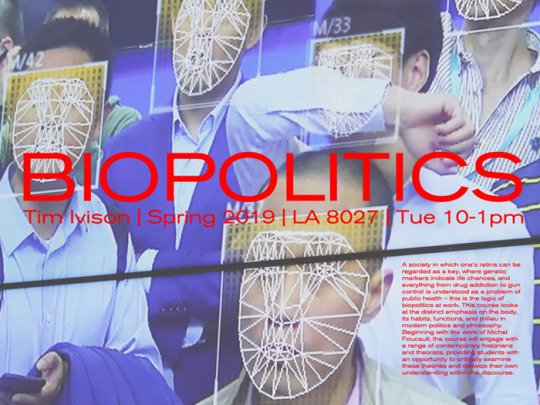
A society in which one’s retina can be regarded as a key, where genetic markers indicate ‘life chances’, and everything from drug addiction to gun control is understood as a problem of ‘public health’ – this is the logic of biopolitics at work. This distinct emphasis on the body, its habits, functions, and milieu, is what Michel Foucault has called the shift from what was previously understood as “mankind” to the biological notion of the “human species” and its political priorities. His theory of biopolitics describes the emergence in modernity of a “power over life”, and the governance of populations through techniques of discipline and security. Since at least the early 1980s, various theorists have sought to build on the notions of biopower and biopolitics, directing their analysis towards medical, urban, juridical, and activist formulations. From Ian Hacking’s analysis of statistical reasoning to Giorgio Agamben’s philosophy of bare life, this course will engage with a range of interlocutors, providing students with an opportunity to critically examine these theories and develop their own understanding within the discourse.
0 notes
Link
Includes a chapter co-authored by me, Julia Tcharfas, and Simon Sadler on the Theater of All Possibilities and the Biosphere 2 experiment.
0 notes
Photo
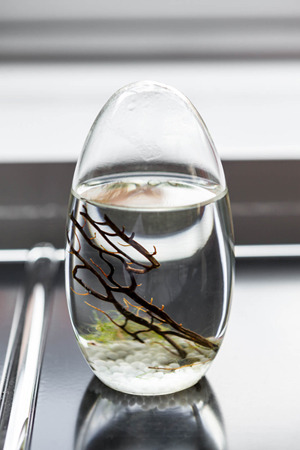
Swiss Institute
Nov 03 2018
SYMPOSIUM | SCIENCE OF REHEARSAL
Sat | 5-8:30PM
On the occasion of the SI Reading Room installation, Science of Rehearsal, please join us for an evening symposium with Ed Keller, Tim Ivison, Mark Nelson, and Julia Tcharfas.
The symposium provides a public forum to respond directly to the Reading Room exhibition and to develop many of the conceptual links between performance, ecology, and space science evident in the work of the Theater of All Possibilities and The Institute of Ecotechnics. Science of Rehearsalbrings together the material archives of these two groups, staging a dialogue between theatrical technique and scientific performance, juxtaposing casts and crews, technical infrastructure and stagecraft, performance theory with physiological and ecological research. The majority of the materials on display, documenting decades of theater productions, oceanic expeditions, conferences, and the building of the Biosphere 2 experiment, have never been exhibited in a public institution, much less seen outside of Synergia Ranch in Santa Fe, New Mexico.
Tcharfas and Ivison will elaborate on their curatorial and artistic motivations for the Science of Rehearsal, highlighting the extent to which live experimentation, improvisation, testing, iteration, and performance are intrinsic to both artistic and scientific practice. The symposium will be the first opportunity for the artists to discuss their research in a public dialogue with Mark Nelson, Chairman of the Institute of Ecotechnics and member of Mission 1 inside Biosphere 2. Ed Keller will share his work on Post-Planetary design, a key discourse around which the broader implications of the exhibition and its archives might be engaged.
Program
5:30PM | Introduction by SI Curator Laura McLean-Ferris 5:40PM | Archival footage from the Theater of All Possibilities 5:50PM | Act I. Julia Tcharfas on durational performances in scientific simulations 6:20PM | Act II. Mark Nelson on Biosphere 2 6:50PM | Intermission 7:00PM | Act III. Tim Ivison on complexity and cybernetics inside Biosphere 2 7:30PM | Act IV. Ed Keller on Post-Planetary design 8:00PM | Q&A
0 notes
Photo
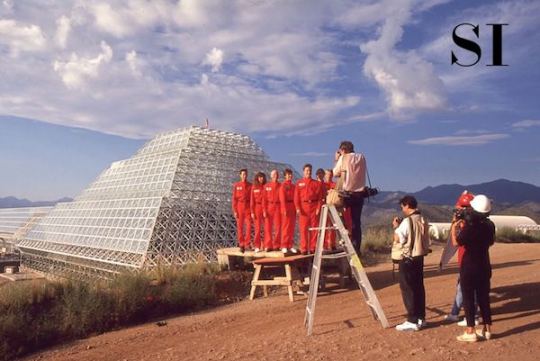
SI READING ROOM | JULIA TCHARFAS AND TIM IVISON: SCIENCE OF REHEARSAL
Sep 19 - Dec 02 2018
Swiss Institute is delighted to announce the second Reading Room exhibition, Science of Rehearsal, conceived by artist and curator Julia Tcharfas and academic Tim Ivison. For Science of Rehearsal, Tcharfas and Ivison have assembled materials from the archives of the Theater of All Possibilities and the Institute of Ecotechnics, drawing connections between their practices through careful juxtaposition of photographs, documents, and objects.
Members of the Theater of All Possibilities and the Institute of Ecotechnics are perhaps best known for their various roles in the first two missions carried out in Biosphere 2 (1991-94), the largest and most complex closed-system ecological facility ever built. Originally designed to model the adaptive performance of living systems, the structure contained seven interconnected ecological biomes supported by a vast technical apparatus. In the first mission, eight crewmembers lived for two years within the enclosure, growing, harvesting and cooking their own food, and thereby testing the scientific and sociological possibilities for human life inside biospheres on other planets or in alternative atmospheric conditions.
Although the Theater and the Institute have addressed distinct artistic and academic communities through their institutional projects, Science of Rehearsal underlines the common framework of performance, rehearsal, training, experiment and improvisation inherent to both. Bringing together zines, photographs, biospherian suits and data reports, fantastical theater costumes and handwritten notes, Ivison and Tcharfas animate the links between art, literature, performance and community in the development of a technoculture able to confront contemporary ecological conditions.
0 notes
Photo
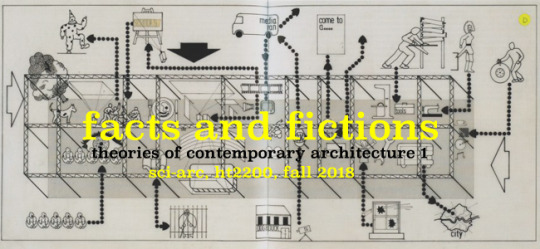
HT2200: Theories of Contemporary Architecture 1
Facts and Fictions
SCI-Arc Fall 2018
Instructors: Marcelyn Gow, Timothy Ivison
Meeting Time: W 10-1 Rm: 224
0 notes
Photo
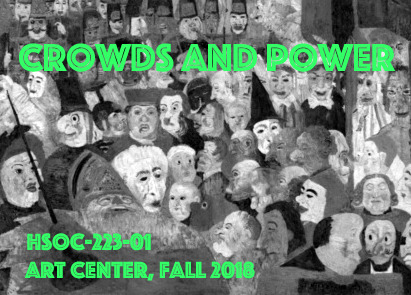
ArtCenter HUMANITIES AND SCIENCES CROWDS AND POWER HSOC-223-01 1111 S. ARROYO, RM 320 4:00 – 6:50PM THURSDAY FALL
Timothy Ivison [email protected] Office hours by appointment
‘The crowd’ can be understood as both object and experience: viewed from a distance, from above, as data, pressing in from all sides, pushing towards the exit, or up against the barricade. How to figure the crowd, and to what end, depends on the contingency of where one stands. Referred to as the population, the masses, or the multitude, the crowd remains an urgent but obscure category of contemporary aesthetics and politics.
If social thought at the turn of the twentieth century understood the crowd as a figure to be feared and suppressed, we now speak of both ‘crowd intelligence’ and ‘smart cities’, reflecting a new data-driven optimism towards the crowd and its algorithmic management. Politically volatile and spatially ambiguous (but increasingly measurable), the crowd is simultaneously subject, object, and milieu: the universal basic datum of mass culture and the contemporary city.
Framed by Elias Canetti’s critical intervention into post war crowd theory, Crowds and Power aims to cross-examine the group psychology of the modern crowd with the urban biopolitics of population, circulation, and complexity. Through a range of literary, historical, and theoretical texts, the course will provide an interdisciplinary introduction to the crowd and its impact on our understanding of mass media, mass culture, and modern life.
0 notes
Photo
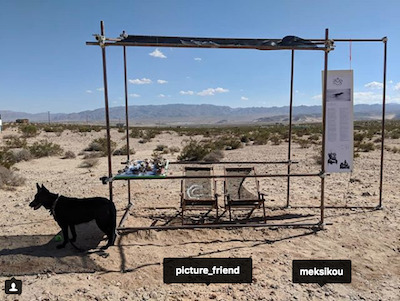
http://www.themagichour.site/no-03-tcharfas-ivison/
https://www.instagram.com/the.magic.hr/
https://www.instagram.com/p/BoVTprkhJXV/
0 notes
Photo
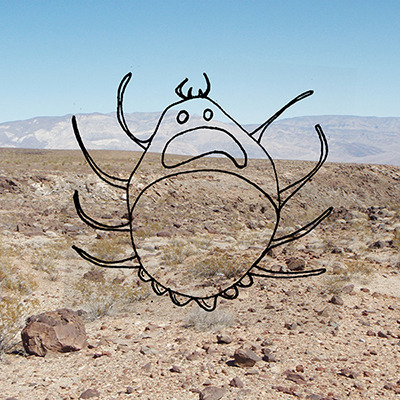
The Magic Hour No. 3 will open on Saturday, September 29, 2018 at 2:30pm - sunset, and run thru December 2, 2018.
Featuring: Tim Ivison & Julia Tcharfas
“We ask a simple question: Is the tick a machine or a machine operator? Is it a mere object or a subject?” — Jakob von Uexküll.
The Magic Hour No.3 takes the form of a temporary outdoor library and reading room that follows the bibliography of a small tick.
The story goes like this: the tick, using only its sense of touch and temperature, climbs to the end of a branch and perches there indefinitely, waiting for a warm-blooded animal to pass. Only when the tick registers the smell of a mammal’s skin does it jolt awake and fall from its branch, hoping to land directly onto a dog (or a human leg) as it is running past. If it is successful, the tick finds the mammal’s skin, sucks its blood, and then falls to the ground to lay its eggs and die. This discrete perceptual system makes up the tick’s umwelt (environment, or ‘surround world’) – the elements that the tick perceives to have meaning in its world. The power of this perceptual system is such that the tick has been observed to wait up to eighteen years to register the correct biochemical trigger (butyric acid) and fall to eat its first and final meal.
The story of the tick, first told by the biologist Jakob von Uexküll in his 1934 text A Foray into the Worlds of Animals and Humans, is a key illustration in Uexküll’s theory of biosemiotics. Since then it has found its way into a wide range of philosophical reflections on the fundamental concept of the environment, from Heidegger’s phenomenology to Canguilhem’s epistemology of science.
‘The Tick Memorial Library’ will bring together a cross-section of texts that draw on Uexküll’s origin story of modern environmental thought, creating a kind of temporary monument, as well as an index of the tick theory.
Julia Tcharfas is an artist and curator based in los Angeles. Her research draws on materials from modern scientific and technological folklore and often engages with design and performance of artificial natures. A profile about her practice is featured in the Swiss Institute’s ‘SI: Visions’ video series. Tcharfas is the founder of Before Present in Los Angeles and has recently exhibited work in Project 1049, Luma Foundation, Gstaad; Transformation Marathon, Serpentine Gallery, London; and Fluent Gallery, Santander.
Tim Ivison is an interdisciplinary scholar working on the political ecology of modern cities and urban planning. He teaches in both Liberal Arts and History + Theory at SCI-Arc and in the department of Humanities and Sciences at Art Center College of Design. Recent collaborations with the artist Julia Tcharfas include T.E.O.T.W.A.W.K.I. and Operations Theater at Before Present, Los Angeles.
The structure is open to the public from sunrise to sunset 7 days a week.
For directions to The Magic Hour, please contact [email protected].
0 notes
Photo
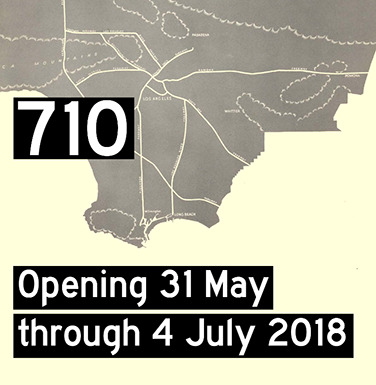
Before Present invites you to 710 an exhibition considering the timeline, the geography, and the politics of the 710 interstate freeway and its incomplete five-mile northern extension — an invisible line that marks the longest running development dispute in American history. Covering 23 miles and over 60 years of local, state, and federal planning, the exhibition looks at our ever-changing relationship to the freeways and the matrix of transportation, industry, environment, and neighborhood power that it has come to represent. For many residents of the San Gabriel Valley, the 710 is the freeway that will never be built. The five mile gap between Valley Boulevard in the south and West Del Mar Boulevard in the north marks the battle lines of an intergenerational conflict over the very meaning of “development”. For the California Department of Transportation, the 710 is the freeway that is always about to be completed. One more feasibility study, one more environmental impact report, one more funding cycle or election away… always just on the horizon of final connection, of “closing the gap”. In 2018, with the overland freeway proposal dead and the tunnel alternative currently de-funded, we look back on a struggle that has spanned the entire freeway era in America, from modernist ideal to paleotechnic dinosaur. The materials in the exhibition have been sourced from previous tenants, neighbors, and local activists involved in the No 710 Committee, as well as the California Department of Transportation, and regional libraries. New materials have been sourced or fabricated by Before Present, and new work has been commissioned from L.A. historian, Norman Klein. Before Present is currently located in a house originally slated for demolition along the proposed route of the 710 extension. Before Present is an archival project that examines cultural narratives of science and technology through collecting and exhibition practices. Each show is based around a specific archive that is assembled, borrowed, or fabricated by Julia Tcharfas and Tim Ivison. 710 | Before Present
31 May to 4 July 2018955 S. Pasadena Ave. Pasadena, CA 91105
*Parking on Arlington Dr.
Exhibition hours by appointment
0 notes